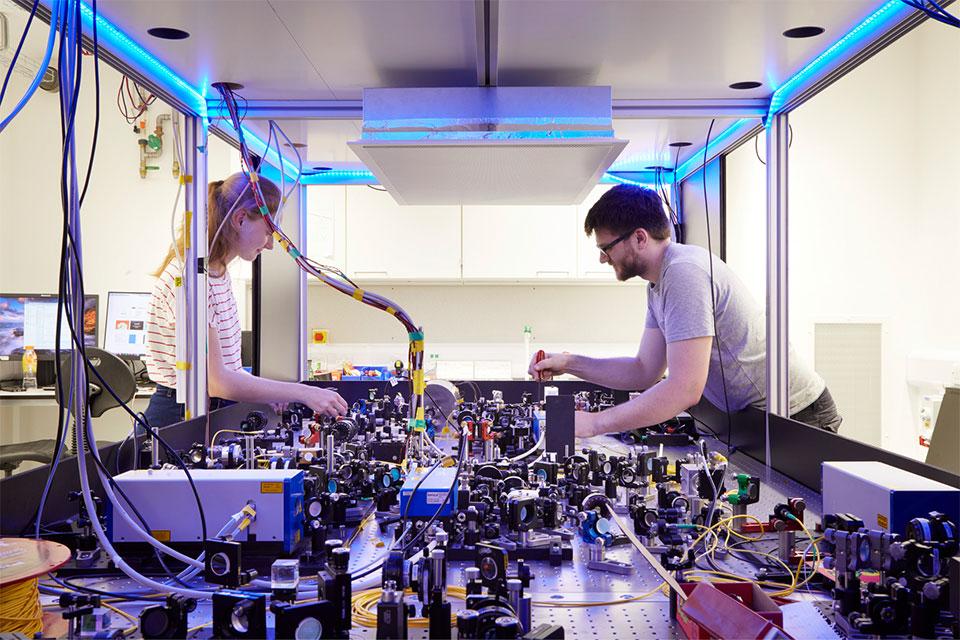Beecroft Building
Dr Carrie Weidner (Bristol)
Scopus Profile
Abstract
The Wigner function is a means of representing the same information contained in the density matrix describing a system via a real-valued function in phase space. In addition, if the Wigner function of a state can be shown to be negative at any point in phase space, the state is then quantum mechanical in nature. As such, the Wigner function is a useful tool in a wide array of quantum settings, including quantum optics and quantum information.
While methods to indirectly probe the Wigner function in trapped cold atom systems have been recently demonstrated [1], no direct method has been demonstrated. In this talk, I will present a scheme, recently published by my collaborators and me [2], to directly measure the Wigner function of atoms in an optical trap. This method uses Ramsey interferometry to measure the parity of the atom wavefunction at various points in phase space; this is directly proportional to the value of the Wigner function at these points.
The talk is organized as follows: I will begin with a basic explanation of the principles of atom cooling, trapping, and interferometry that underlie the proposal. Then I will explain, in detail, the experimental recipe for measuring the Wigner function before showing simulation results, as well as our plans for implementing this experimentally to generate and measure interesting quantum states. If there is time, I will also describe our recent efforts toward measuring the three-dimensional position of an atom in a cubic lattice via point-spread function engineering in a quantum gas microscope.
[1] M.O. Brown et al. arXiv:2203.03053, (2023).
[2] F-R. Winkelmann et al. J. Phys. B, At. Mol. Opt. Phys. 55, 194004, (2022).

